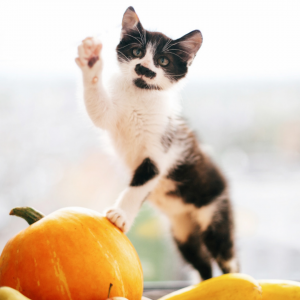 Keep in mind these Thanksgiving safety tips for pets during the holidays. Let’s make sure it’s not a dangerous time for your furry friend! Enjoy time with your family and avoid a visit to your veterinarian by following this guide:
Keep in mind these Thanksgiving safety tips for pets during the holidays. Let’s make sure it’s not a dangerous time for your furry friend! Enjoy time with your family and avoid a visit to your veterinarian by following this guide:
Cut the fat:
Fatty or rich foods like beef fat, poultry skin, and gravy can cause severe gastrointestinal issues in pets, including:
- Vomiting
- Diarrhea
- Excessive gas
- Serious diseases like pancreatitis. Pancreatitis is a severe inflammation of the pancreas, an organ that produces digestive enzymes. On the mild side, pancreatitis can cause vomiting and a decrease in appetite, but can potentially be fatal.
If you want to treat your pet, it’s best to stick to a pet treat or a couple of small bites of lean poultry or unsalted/unbuttered vegetables.
Bones are bad:
Although bones from our holiday birds look good to pets, they are dangerous and can cause intestinal upset and may even splinter once digested.
Watch the packaging:
Make sure you dispose of any turkey or other food packaging quickly and appropriately.
All strings, plastic holders and bags that have a meat smell to them can be very attractive to a pet. Once ingested, these items can cause damage or blockage of the intestines.
Chocolate is particularly toxic:
Consider all the cookie and desserts offered during the holidays, many of which contain chocolate.
Chocolate is dangerous for dogs in particular because it contains theobromine, a caffeine-like ingredient that can be toxic to your pet. Dogs are not able to metabolize theobromine as quickly as humans. Complications include:
- Digestive issues
- Dehydration
- Excitability
- Slow heart rate
Later stages of theobromine poisoning include epileptic-like seizures and death. Keep your pet away from dark, semi-sweet and baker’s chocolate because they contain higher levels of theobromine.
We hope these Thanksgiving safety tips for pets were helpful! Check out Kissimmee Valley Feed’s Dog and Cat selection to treat them!
Source: Banfield





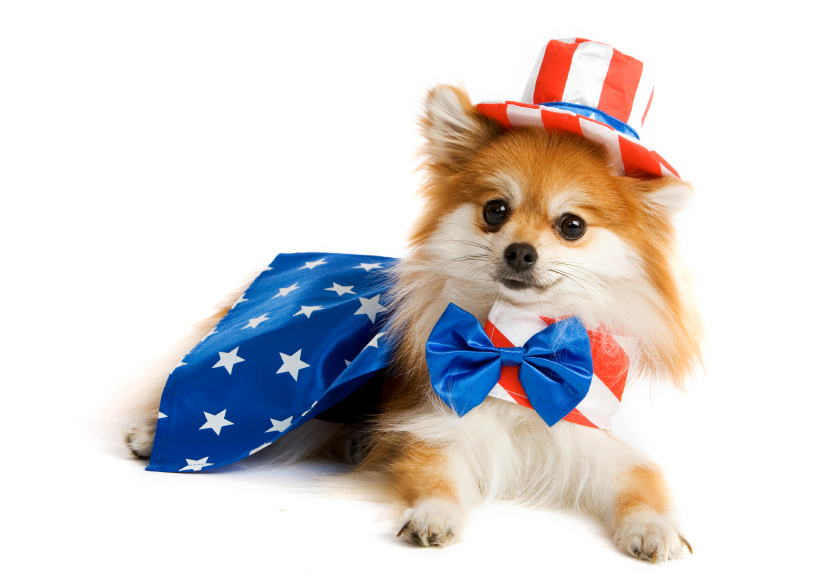
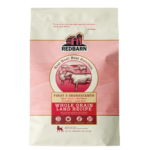
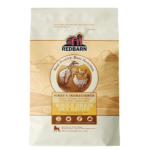
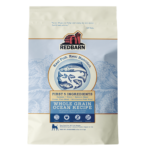 New Redbarn Whole Grain Dry Dog Food: Store #2 welcomes Redbarn’s Whole Grain Dry Dog Food to our shelves! We now carry all three of their products.
New Redbarn Whole Grain Dry Dog Food: Store #2 welcomes Redbarn’s Whole Grain Dry Dog Food to our shelves! We now carry all three of their products. Valentine’s Day Pet Safety Tips: Each year our poison control experts see a rise in cases around February 14, many involving chocolate or lilies, a flower that’s potentially fatal to cats. Valentine’s Day can be as much fun for pets as it is for humans—as long as dangerous items are kept out of paws’ reach!
Valentine’s Day Pet Safety Tips: Each year our poison control experts see a rise in cases around February 14, many involving chocolate or lilies, a flower that’s potentially fatal to cats. Valentine’s Day can be as much fun for pets as it is for humans—as long as dangerous items are kept out of paws’ reach!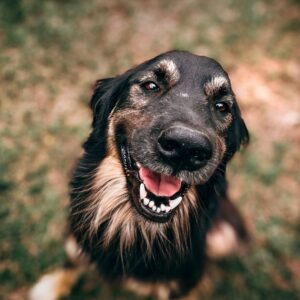 How a Proper Diet Can Benefit Your Dog’s Sensitive Skin & Coat: Just like us, your pet’s skin and coat serve to protect them. Different irritants can affect your dog’s coating as seasons change turning it from vibrant, shiny, and soft to dull and dry. While the cooler months bring dry weather, the warmer months bring allergies and notorious heat. For you, that might mean taking an allergy pill, but it’s not the same for your dog.
How a Proper Diet Can Benefit Your Dog’s Sensitive Skin & Coat: Just like us, your pet’s skin and coat serve to protect them. Different irritants can affect your dog’s coating as seasons change turning it from vibrant, shiny, and soft to dull and dry. While the cooler months bring dry weather, the warmer months bring allergies and notorious heat. For you, that might mean taking an allergy pill, but it’s not the same for your dog.